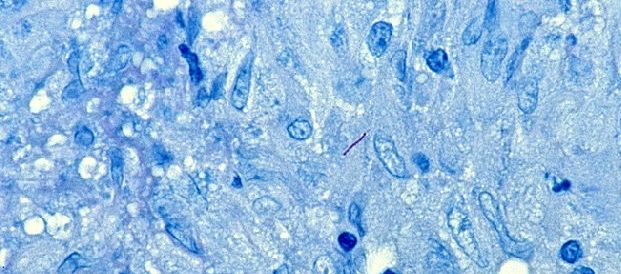Project 1
“Identification of human Mtb-specific T cell signatures that are associated with resolved and persistent Mtb infection”

Co-Program Directors: Cheryl Day, PhD and Jyothi Rengarajan, PhD
The vast majority of individuals with evidence of Mycobacterium tuberculosis (Mtb) infection, as measured by a positive tuberculin skin test (TST) or IFN-γ release assay (IGRA), never show signs of clinical tuberculosis (TB) disease and are considered to have latent Mtb infection (LTBI). While TSTs and IGRAs measure Mtbspecific memory T cell responses, they do not directly detect the presence of bacteria. Thus, we currently lack the knowledge or tools to distinguish individuals who harbor persistent Mtb infection from those who may have resolved infection via immune-mediated clearance of bacteria. In order to inform vaccine development, there is a compelling need to understand the characteristics of memory T cell responses in controlling infection and/or conferring long-lived protective immunity to TB.
Project 1 will test the hypothesis that distinct Mtb-specific memory CD4 and CD8 T cell profiles are associated with bacterial clearance or persistence. This is supported by data showing that distinct antigen-specific memory T cell phenotypes and functions are associated with LTBI, active TB disease, and clinically resolved TB. We propose to use chemotherapy-mediated clearance to model immune-mediated clearance of Mtb, as the isoniazid (INH) and rifapentine (RPT) treatment regimen for LTBI results in significant reduction or elimination of bacteria.
We will enroll individuals with LTBI in a low-exposure setting (Atlanta, GA) and systematically compare their antigen-specific T cell responses before and after treatment. We will delineate the spectrum of antigens recognized by Mtb-specific memory CD4 and CD8 T cells, characterize their memory phenotypes, functional capacities and transcriptional profiles (Aim 1). Using statistical analyses, we will derive Mtb-specific T cell signatures that represent bacterial clearance and persistence and evaluate these (with Project 3) in non-human primates and determine the prevalence of these signatures in treatment-naive individuals with LTBI in Kenya (Aim 2). We will longitudinally assess the dynamics of Mtb-specific memory T cell responses and their homeostatic turnover in LTBI (Aim 3). We will also compare clearance/persistence signatures with those associated with progression to TB (with Project 2). Overall, these studies will provide insights into protective immunity to TB and new tools to evaluate Mtb persistence or clearance in LTBI.


